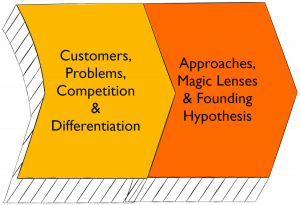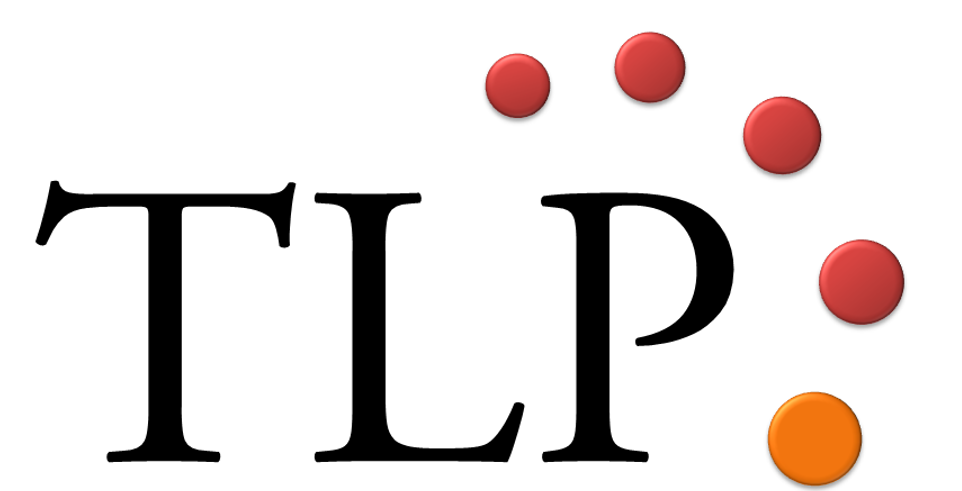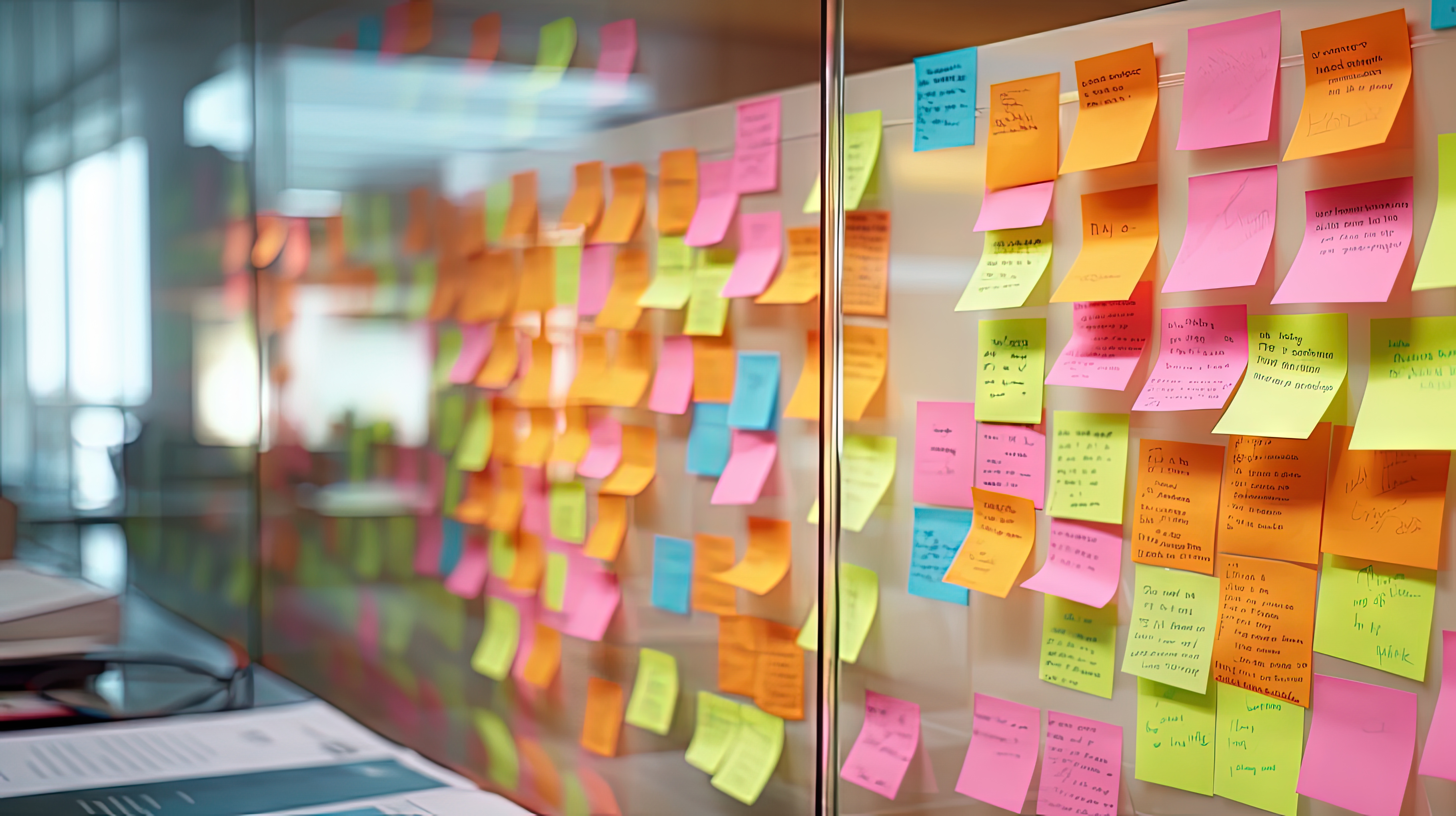What is the Foundation Sprint?

The Foundation Sprint is a two-day structured workshop designed to help teams achieve crystal-clear alignment and direction at the beginning of major new projects. Developed by Jake Knapp and John Zeratsky – formally of Google and Google Ventures and creators of the popular Design Sprint – and popularized through their book Click, this method aims to identify, clarify, and align your boldest assumptions before significant time and money are invested in an idea that might fail in a competitive market.
Unlike a traditional Design Sprint, which focuses on prototyping and testing specific solutions, the Foundation Sprint serves as a crucial prelude. Its primary goal is to ensure you are solving the right problem for the right customer and that your proposed approach stands out from competitors. This workshop relies on the team’s existing knowledge and expertise, rather than deep problem discovery or extensive research, making it efficient for swift strategic alignment. Although deceptively simple in its steps, its effectiveness and power stem from requiring deep strategic thinking and clear, bold decision-making.
Why You Would Use It
The Foundation Sprint is a game-changer for several reasons, providing a clear route map to avoid endless detours and keep your team moving in the same direction. You would use it when:
- You’re Starting a New Project: It provides clarity on direction for new initiatives, especially when stakes are high and potential missteps could be costly.
- You Need Speed: It dramatically reduces the risk of wasted time and budget by surfacing hidden assumptions early, compressing months of strategic thinking into just two focused days.
- You need to Address Team Misalignment: When teams are stuck in endless debates or lack a shared understanding of the target customer, problem, or potential solutions, this workshop forces decisions and aligns perspectives quickly.
- You Need to Refine Ideas or Approaches: If you have a general direction or even a solution in mind but need to refine it and consider alternative strategies before committing resources.
The Foundation Sprint is beneficial for a wide range of organizations, including startups, established companies, and even nonprofits, helping them clarify their value proposition and make smarter strategic bets. By the end of the workshop, teams emerge with a clear, refined hypothesis and a solid foundation for future experimentation, preventing the pain of building something nobody wants.
How It Works
The Foundation Sprint condenses strategic decision-making into a focused two-day workshop, following a structured process to ensure clarity and alignment.
Day 1: Defining the Foundation
The first day focuses on getting everyone on the same page regarding the project’s fundamentals.
-
- Introduction & Mindset: The workshop kicks off with introductions and establishes key mindsets like “Get started, not perfect” and “Work alone together,” emphasizing individual thinking before group discussion.
- The Basics: The team identifies four core elements:
- Customer: Define the precise target customer.
- Problem: Choose the most important problem that your product or service will solve for this customer.
- Unique Advantage: Identify your team’s unique capabilities, insights, and motivations that set you apart from others trying to solve the same problem.
- Competition: Understand the competitive landscape, including direct competitors and substitutes.
- Differentiation: This is the core of the hypothesis. You’ll explore how to make your solution radically different and refine it to stand out from the competition.
- Practical Principles & Mini Manifesto: Draft clear, practical decision-making guidelines to keep the strategy focused. By the end of Day 1, the team creates a “Mini Manifesto,” a concise statement articulating the opportunity and its unique selling proposition.
- Methodology: Throughout Day 1, activities often use a “Note-and-Vote” technique, where individuals brainstorm ideas silently on sticky notes, then vote on the most promising ones, fostering inclusion and efficiency.
-
Day 2: Choosing an Approach
The second day shifts to exploring alternative solutions and selecting the best path forward.
- Generate Multiple Approaches: The team generates several alternative approaches to the project, considering different technologies or service models. The goal is to consider at least three distinct options.
- One-Page Summaries: Each approach is summarized on a single page with a catchy title, a clear hypothesis (“If we [do this], then [this will happen]”), and a simple doodle illustrating how it might work.
- Magic Lenses Evaluation: Approaches are evaluated using “Magic Lenses,” which assess them from different perspectives like customer experience, ease of implementation, growth potential, and long-term value. This allows for a rational, side-by-side comparison of strengths and weaknesses.
- Decide on the Best Path: The team selects the primary approach to pursue first, often with a backup plan in mind.
- Form the Founding Hypothesis: The sprint concludes with the creation of a Founding Hypothesis – a clear, testable statement summarizing the key decisions: “If we help [customer segment] solve [key problem] with [chosen approach] they’ll prefer us over [competitors] because of this [unique advantage]”. This hypothesis is then ready for validation, often through follow-up Design Sprints.
-

